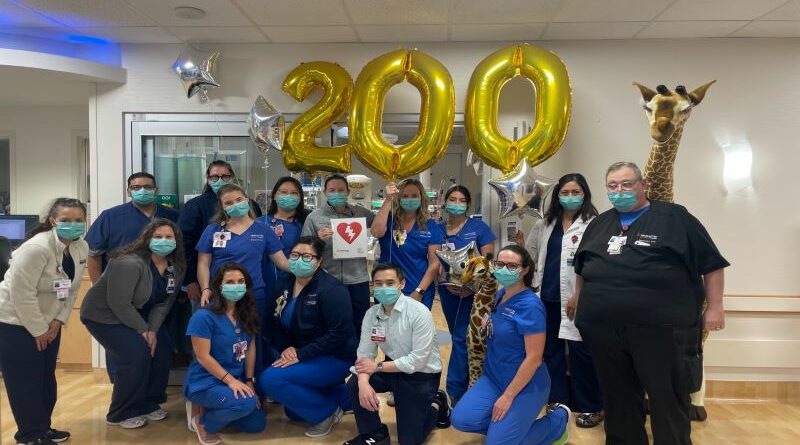Medical City Children’s Hospital Reduces Cardiac Arrest in Patients
A recent study including research from Medical City Children’s Hospital and 14 other medical centers nationwide is helping save children’s lives with the goal of reducing cardiac arrest in youth.
In the study published in JAMA Pediatrics in early July, the researchers reported that implementing multiple low-technology cardiac arrest prevention tactics reduced in-hospital cardiac arrests in the pediatric cardiac intensive care unit by an average of 30%.
“We are honored to have been selected as the only children’s hospital in North Texas to participate as an intervention hospital in this landmark study, Medical City Children’s Hospital CEO Jay deVenny said. “The reduction of cardiac arrests as a result of this research demonstrates our highly-skilled and compassionate colleagues’ dedication to ensuring the best possible outcomes for our patients.”
The study was conducted within a network of CICU teams across the Pediatric Cardiac Critical Consortium, which aims to improve care for patients with critical pediatric and congenital cardiovascular disease. Each participating hospital implemented new cardiac arrest prevention tactics, such as a twice-daily huddle with the bedside nurse, nurse leader, attending physician, first-responding provider, and respiratory therapist. The goal of this practice is to recognize early deterioration and create an action plan specific to each patient like pre-drawn medications.
“Implementation of such an innovative project requires a multidisciplinary approach,” said Janie Garza, Medical City Children’s Hospital assistant vice president of pediatric cardiac and neonatal services. “The CICU team demonstrated the highest level of commitment, diligence, and collaboration to achieve these results.”
The investigation at Medical City Children’s Hospital was led by pediatric cardiac intensivist Tia Raymond. The location had more than 200 patients enrolled in the study since 2018.
“The best CPR is no CPR,” Raymond said. “This project was able to prevent CPR in almost 200 high-risk pediatric patients at these 15 hospitals helping to create healthier tomorrows for these children.”
Future studies are necessary to determine which CAP elements are most needed to prevent cardiac arrest. Investigators say that while intervention details would vary, the core elements of this research can be adapted to other critically ill populations, such as general pediatric and adult intensive care patients.









